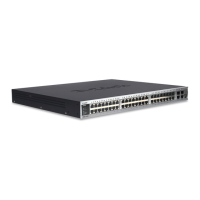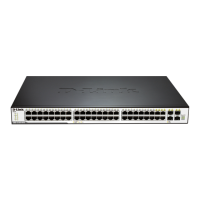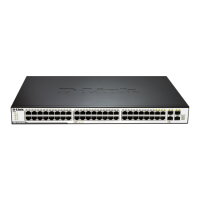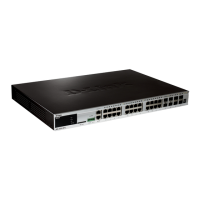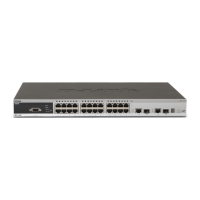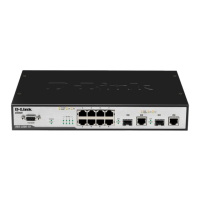The process of IGMP Version3 is similar to that of the IGMP Version2. IGMP Version3 is
downward compatible with IGMP Version1 and IGMP Version2.
35.1.3 PIM-DM Overview
The protocol independent multicast (PIM) is designed by the IDMR work group. As indicated
by its name, the PIM does not rely on a certain unicast routing protocol. Instead, it can
perform the RPF check by a unicast routing table containing various unicast routing
protocols, rather than forward the multicast packets by maintaining a separate multicast
routing table. Because the PIM need not to send or receive the multicast routing updates, its
overhead is much lower than other multicast protocols. The PIM design is intended to
support both the SPT and shared tree at the same time and to enable the flexible switching
between them on the Internet. Therefore, the PIM takes the advantages of the SPT and
shared tree and improves the multicast efficiency. The PIM has two modes: Dense-Mode
and Sparse-Mode.
PIM-DM is the abbreviation of Protocol Independent Multicast Dense Mode. By default,
when the multicast source starts sending multicast data, all the network nodes in the domain
need to receive the data. Therefore, the PIM-DM maintains the multicast distribution tree
through broadcast-prune to forward the multicast packets. PIM is independent of the specific
unicast routing protocol, using the existing unicast routing table to implement RPF (Reverse
Path Forwarding) check. RPF is the basis of multicast forwarding in the multicast routing
protocol. It works in the following way: when the multicast information passes the source tree,
the multicast router checks the multicast source address of the multicast packets to check
whether the interfaces passed by the multicast packets are on the source branch. If yes, the
RPF check is successful, and the multicast packets will be forwarded. Otherwise, the RPF
check fails, and the multicast packets will be discarded.
When the multicast source starts to send data, the routers on the route forward the multicast
packets to all PIM activated interfaces except the source RPF interface (that is, the interface
to the multicast source on the shortest path). Thus all network nodes will receive these
multicast packets in PIM-DM area. To implement multicast forwarding, the routers on the
path need to create the appropriate multicast route entry (sending source, destination group)
(S,G) for group G and source S to create the multicast distribution tree. (S,G) contains
multicast source address, multicast group address, incoming interface, outgoing interface
list, timer and identifier and so on. Once this tree is constructed, it will broadcast all the
multicast traffic.
If there are no group members in a certain area, PIM-DM will send a pruning message to
prune the forwarding interfaces which are connected to this area and create pruning state.
Pruning state is corresponding to timeout timer. When timer expires, Pruning is transmitted
into forwarding, which enables multicast data to flow down along these branches. Besides,
pruning state contains multicast source and multicast group information of multicast. When
multicast group members appear in pruning area, to reduce reaction period, PIM-DM will be
